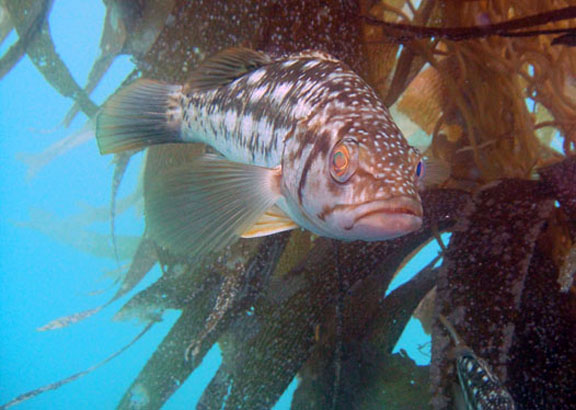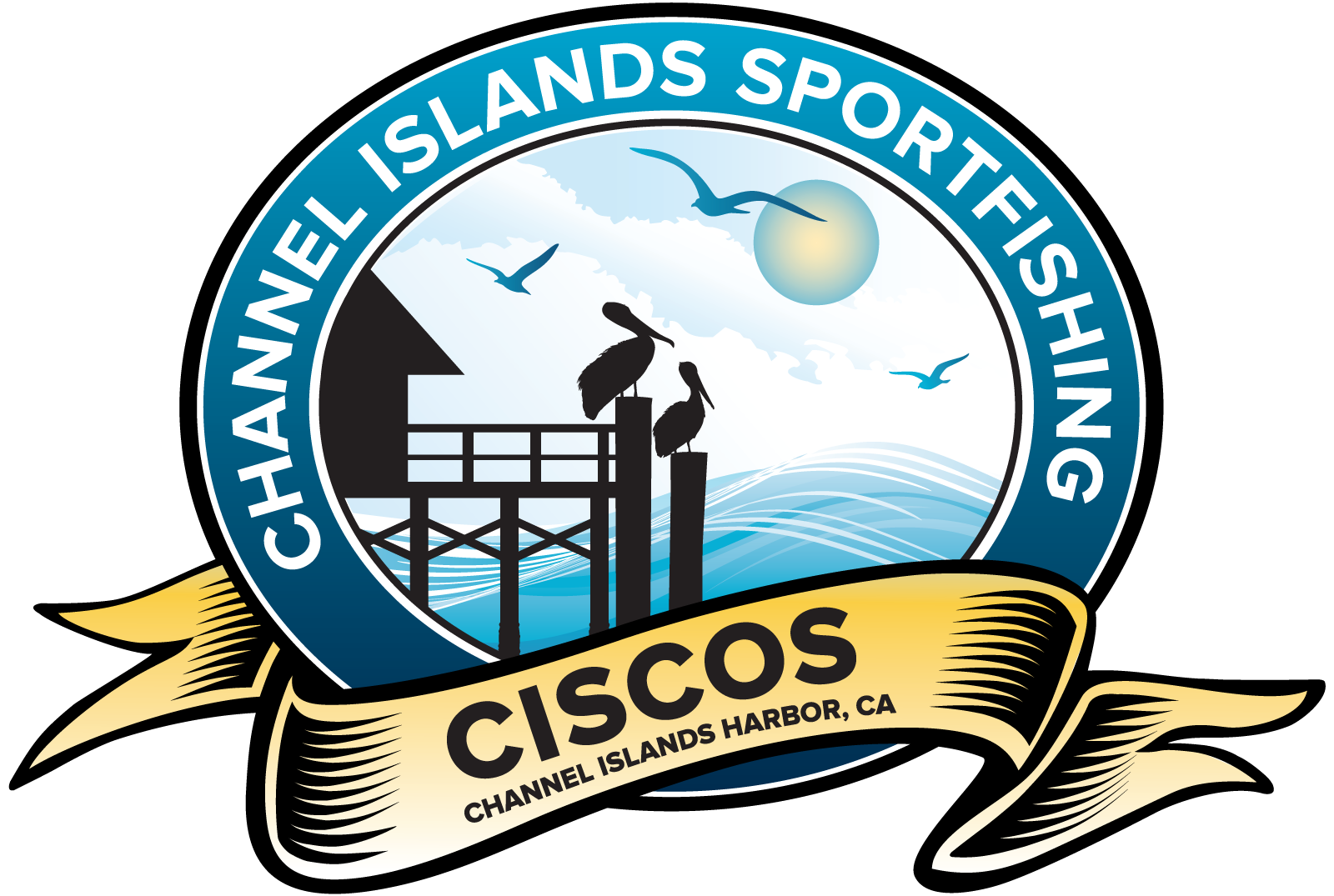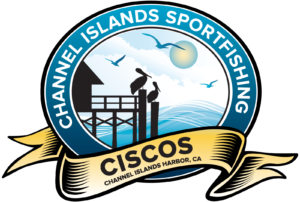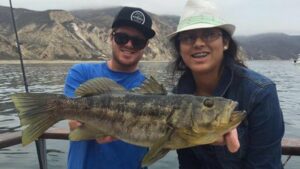“Calico Bass” or Kelp Bass
Paralabrax clathratus, family Serranidae
There has been much controversy these past years over one of Southern California’s more important game species, the Calico or Kelp Bass. Spending lots of time on the water pursuing this species, and also with anglers who do the same, the one line I always hear is “They’re slow to grow, so let ‘em go”.
This past year, a management measure was put into effect by DFW that cut the allowable bag in half, and raised the minimum size limit from 12” to 14”. Let’s examine that for a moment shall we? For those who love to fish bass, and tend to side with the conservationists, consider the following… DFW grouped all bass species together in an effort to manage them…Kelp Bass, Sand Bass and Spotted Bass based upon declining landings of both the Sand Bass and Spotted Bass. These species are vastly different from one another, and it was a controversial management measure at best.
Currently, it is being considered to separate the three for management purposes, as there has never been a species grouping model like this used in the past. The kelp bass reaches maturity between 7-10 inches, which means it has spawned likely in excess of 3 times before it reaches the former minimum size limit of 12”. This year, the allowable take has been reduced by 50% and the minimum size was upped to 14”. Likely, a legal bass today has spawned up to 6 times or more. This is an extremely conservative effort to protect a species that was never proven to be in peril. All that being said, I write this as these past few weeks as bass score begin to make their way into the dock totals, so do the comments from some of our more conservative followers.
Our fleet has a huge interest in a sustainable resource. We need to see these species perpetuate, or we have nothing to target in the future. Without these species, we are out of business. As a fleet, as individual boat owners and captains, and especially as the crews who serve you our customer, we want nothing more than healthy fish stocks so that we can continue pursuing the careers we have chosen, sportfishing. Yes, the calico has a slow growth rate, so do many fish we target here in the Southern California Bight. This is proven by science. Stock assessments conducted annually for many species indicate we are much further ahead of goals set to gain “rebuilt” status. Through careful conservation, good science and a never ending pursuit to understand the balance of our world’s ocean, we will ensure sustainability.





